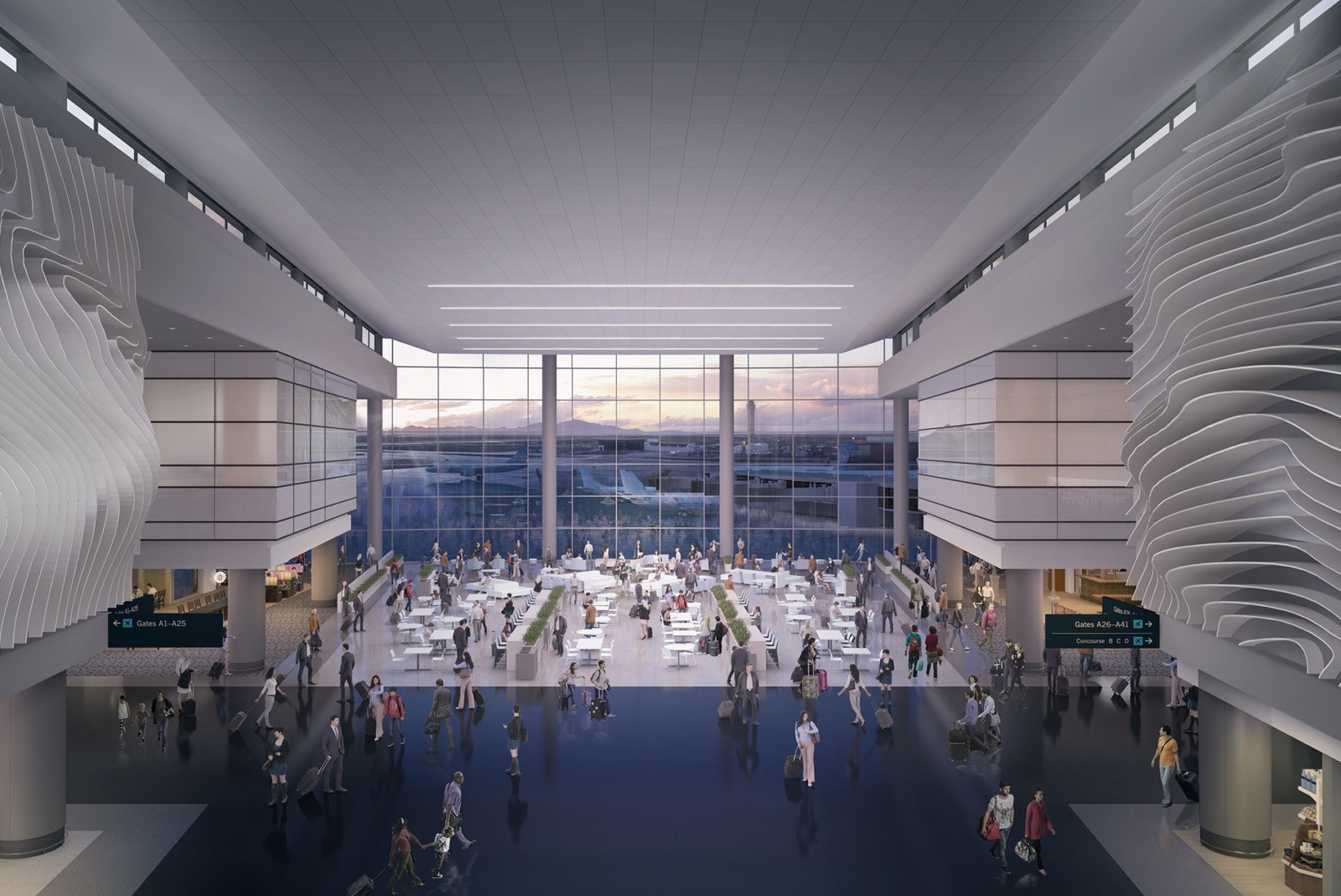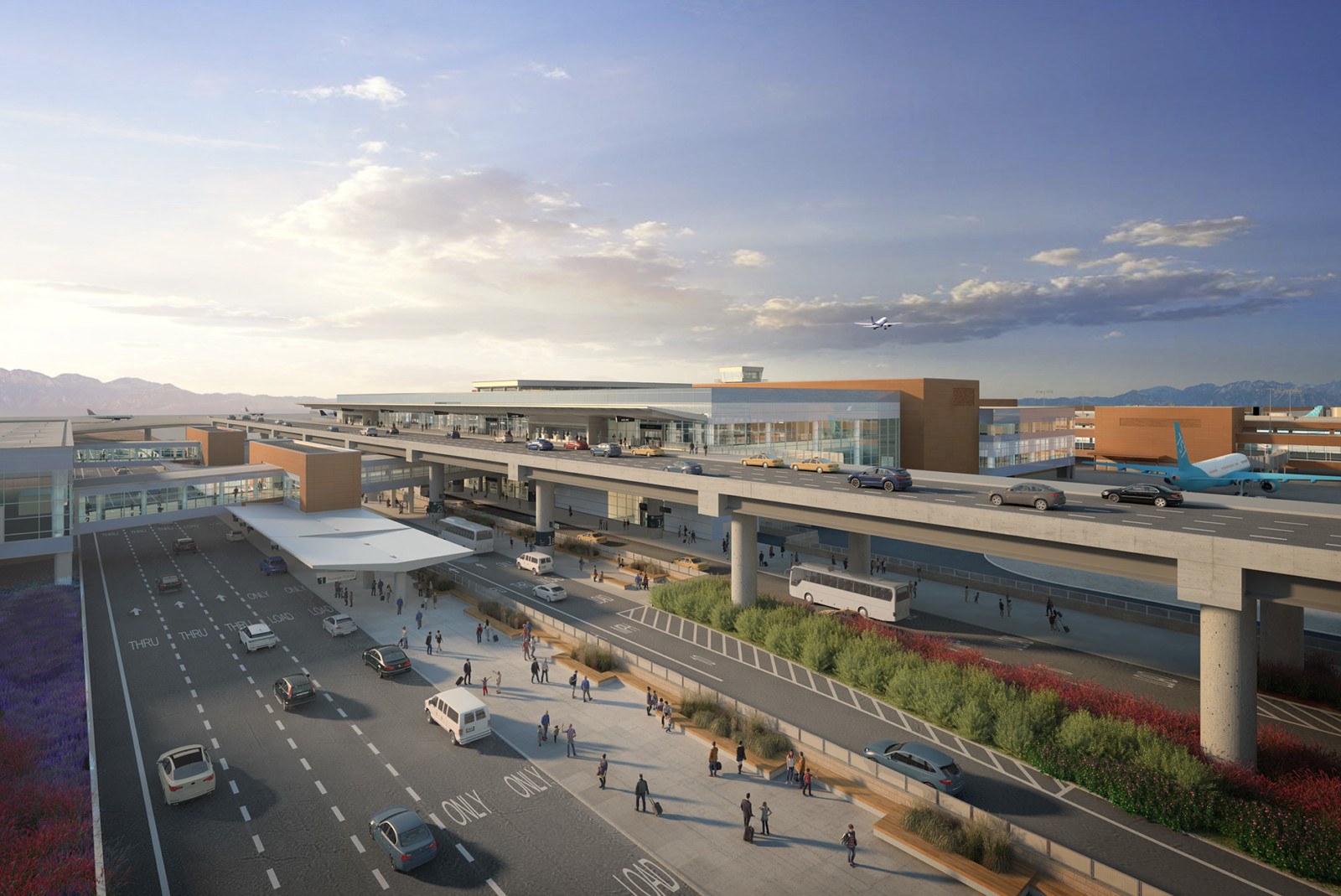In this Passenger Terminal World article, HOK Senior Aviation + Transportation Planner Matt Needham describes stakeholder engagement strategies that contributed to the design of the Salt Lake City International Airport’s new terminal.
Excerpted from Passenger Terminal World:
Perhaps stakeholder engagement is even more important when there is more to play for. After all, if you have a completely blank slate, then you really don’t want to waste any opportunity to get it right. This was the situation at Salt Lake City, where the explosive growth that is so common at airports was coupled with the unusual luxury of having sufficient land adjacent to start from scratch.
Not only had the airport outgrown its site, having expanded from a capacity of 10 million passengers when the last work was completed in the early 1980s to more than 23 million; it also now acts as a hub for Delta but was not designed as a hub facility. In addition, it is in a seismic zone but does not satisfy current seismic standards.
Hence the airport set about designing a new airport, with one terminal and two concourses—and engaging stakeholders in the process. It hired a consultant to carry out a survey that asked four fundamental questions: How can we make the new terminal work best for your needs? How can we make the new terminal look and feel like Utah? What is your favorite thing about any airport anywhere? What’s your favorite memory of traveling through SLC?
In addition to the survey, the design team from HOK had numerous meetings with all stakeholders, including the police, the Transportation Security Administration, janitors and the airlines. Then, during the design process, “We met with all the individuals affected and tried to tailor the design to each stakeholder’s needs,” said Matt Needham, a senior Aviation + Transportation planner from HOK.”
Responding to other requirements from both airlines and the traveling public, circulation and the passage through security have been made as straightforward as possible, and there are magnificent views of Utah’s mountains, conferring a sense of place even to those passengers who are only in transit.
The survey also showed that passengers were attached to the history of the airport, so key elements will be kept or commemorated. In this way, the new airport will maintain connections with its predecessor—and in ways that will be most pleasing to the traveling public, thanks to the effort that was put in to stakeholder engagement.

